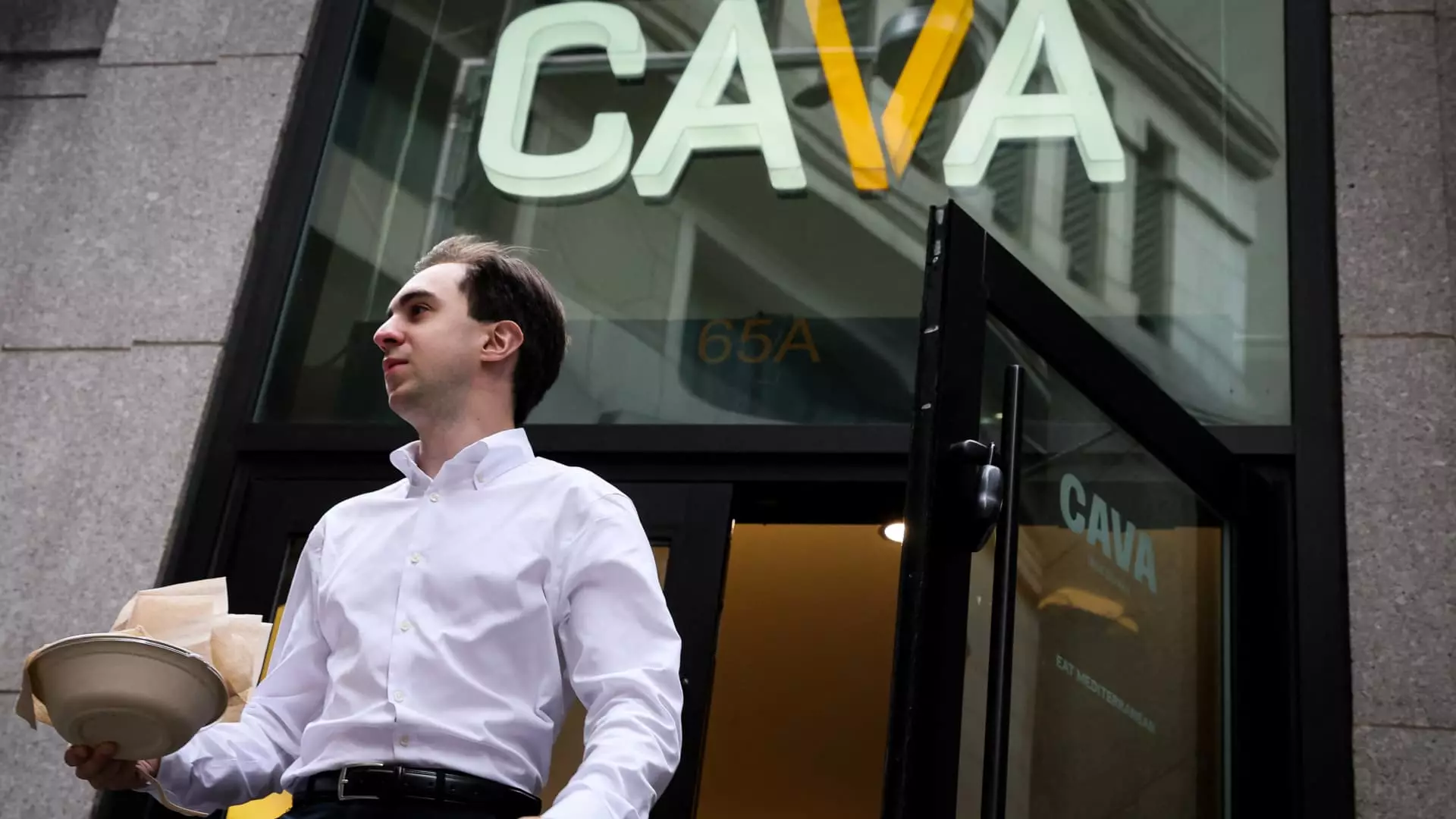In the turbulent landscape of today’s economy, where consumer confidence is wavering and spending is retreating, fast-casual restaurants are increasingly viewing loyalty programs not as optional perks but as essential lifelines. This transformation reflects a sobering reality: the decline in frequent visits and diminished sales threaten the industry’s very survival. As disposable income tightens and consumers become more conscious of their expenditure, the once-nice-to-have benefits have morphed into strategic tools for continuity. The narrative of quick, casual eats must now intertwine with the art of engagement—building habits that transcend fleeting discounts and foster long-term allegiance.
The core reason behind this shift is clear: loyalty programs are proving to be the most effective means to counteract declining foot traffic. Unlike traditional advertising, which often struggles to make a tangible impact during economic slumps, these programs tap directly into consumer behavior. By offering personalized incentives, brands are incentivizing not just single transactions but recurrent patronage. Amidst economic instability, they serve as vital anchors in fostering a sense of belonging and perceived value—elements that consumers crave when their financial worries overshadow indulgence.
Gaining Ground Through Data-Driven Engagement
Market analytics reveal a stark picture: overall patronage in the restaurant industry has been on a downward trajectory, with only sporadic increases. The data from Black Box Intelligence states monthly traffic has mostly stagnated or declined, illustrating just how precarious growth has become. Yet, loyalty members present a different story. According to Circana, those enrolled in rewards programs average 22% more visits annually and double the engagement rate compared to nonmembers. This isn’t mere coincidence; it underscores how brands leveraging these programs lay the groundwork for resilience.
Starbucks exemplifies this phenomenon with over 34 million active rewards members, contributing to more than half of its U.S. transactions. Similarly, Cava’s recent resurgence is powered by a revamped rewards scheme that emphasizes flexibility and experiential engagement. Their offering of redeemable points for specific items, combined with special promotions like Pita Day celebrations, demonstrates an understanding—customers respond to surprises and tangible rewards that resonate with their evolving preferences.
Other chains, such as Potbelly and Chipotle, have pivoted toward innovative schemes that motivate frequent visits through gamification and instant gratification. Potbelly’s new coin-based system allows rapid reward redemption across multiple menu items, boosting visit frequency almost immediately. Chipotle’s seasonal campaigns with monetary incentives and social media activations engage a base that is increasingly hesitant but still seeks value—proving that loyalty programs are no longer an ancillary feature but a core strategy to sustain sales.
Challenges and Controversies in the Loyalty Game
However, deploying loyalty programs isn’t without its pitfalls. The promise of higher sales and stronger customer bonds can be undermined by the financial realities of offering freebies and discounts. Promotions undoubtedly cut into thin profit margins, especially in an environment where inflation and supply chain disruptions inflate costs. The risk lies in unwarranted reliance on freebies to sustain profitability; a misjudged balance can rapidly erode margins, leaving brands vulnerable.
Furthermore, the modifications to cherished programs, such as Starbucks’ shift from its star bonus to double-star purchases, have sparked backlash from loyal customers. Such changes risk alienating core audiences if not handled with transparent communication and strategic finesse. Loyalty programs must be carefully curated to avoid commodifying customer relationships and turning them into transactional noise. Instead, they should foster authentic engagement—making consumers see these incentives as part of an ongoing relationship, not mere temporary perks.
Yet, despite these risks, the industry’s pivot toward innovation in loyalty strategies suggests that survival hinges on adaptation. Chains like Sweetgreen, which restructured their programs to be more intuitive, highlight an awareness: the customer of today demands relevance, customization, and immediate value. Recognizing that consumers are making more calculated, deliberate spending decisions, brands are reorienting their loyalty initiatives to provide meaningful outcomes—whether through tiered rewards, fun challenges, or flexible redemption options.
The Power Dynamics of Loyalty in a Center-Right Market
From a center-right, liberal-conservative perspective, the emphasis on personal responsibility and value resonates deeply with the evolution of these programs. Consumers are increasingly scrutinizing every dollar, demanding tangible benefits in exchange for their loyalty. For brands, this means the necessity of fostering trust through consistent value rather than over-promising and under-delivering.
Loyalty programs serve a dual purpose: they incentivize patronage and also act as data collection corridors. This data can fine-tune marketing efforts, improve service customization, and ensure that brands remain competitive—without solely relying on price cuts. However, at their core, these programs must not devolve into intrusive tracking or manipulative tactics; rather, they should empower consumers with control and genuine rewards, aligning economic pragmatism with customer-centricity.
In the harsh reality of economic contractions, a well-orchestrated loyalty scheme becomes a vital balancing act—offering enough value to keep customers engaged without jeopardizing profitability. It is about creating a mutually beneficial relationship where customers feel appreciated and brands sustain their margins, ultimately preserving the integrity and future of the fast-casual industry.
By shifting focus from superficial discounts to strategic engagement, fast-casual chains are proving that adaptability and pragmatic loyalty investments can forge a more resilient market—one where economic realities and consumer expectations are negotiated rather than ignored.

